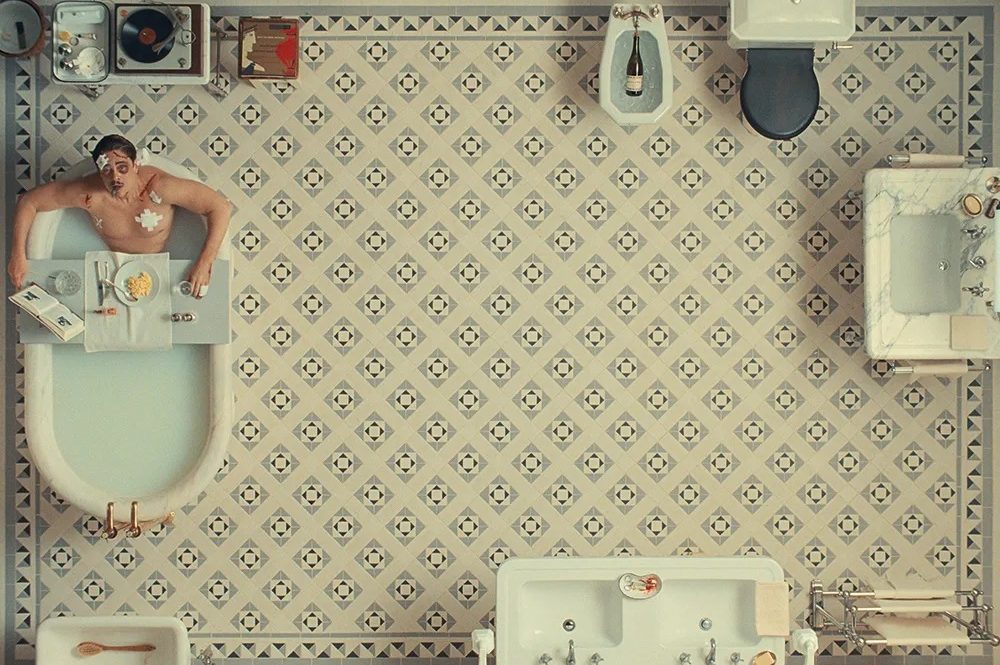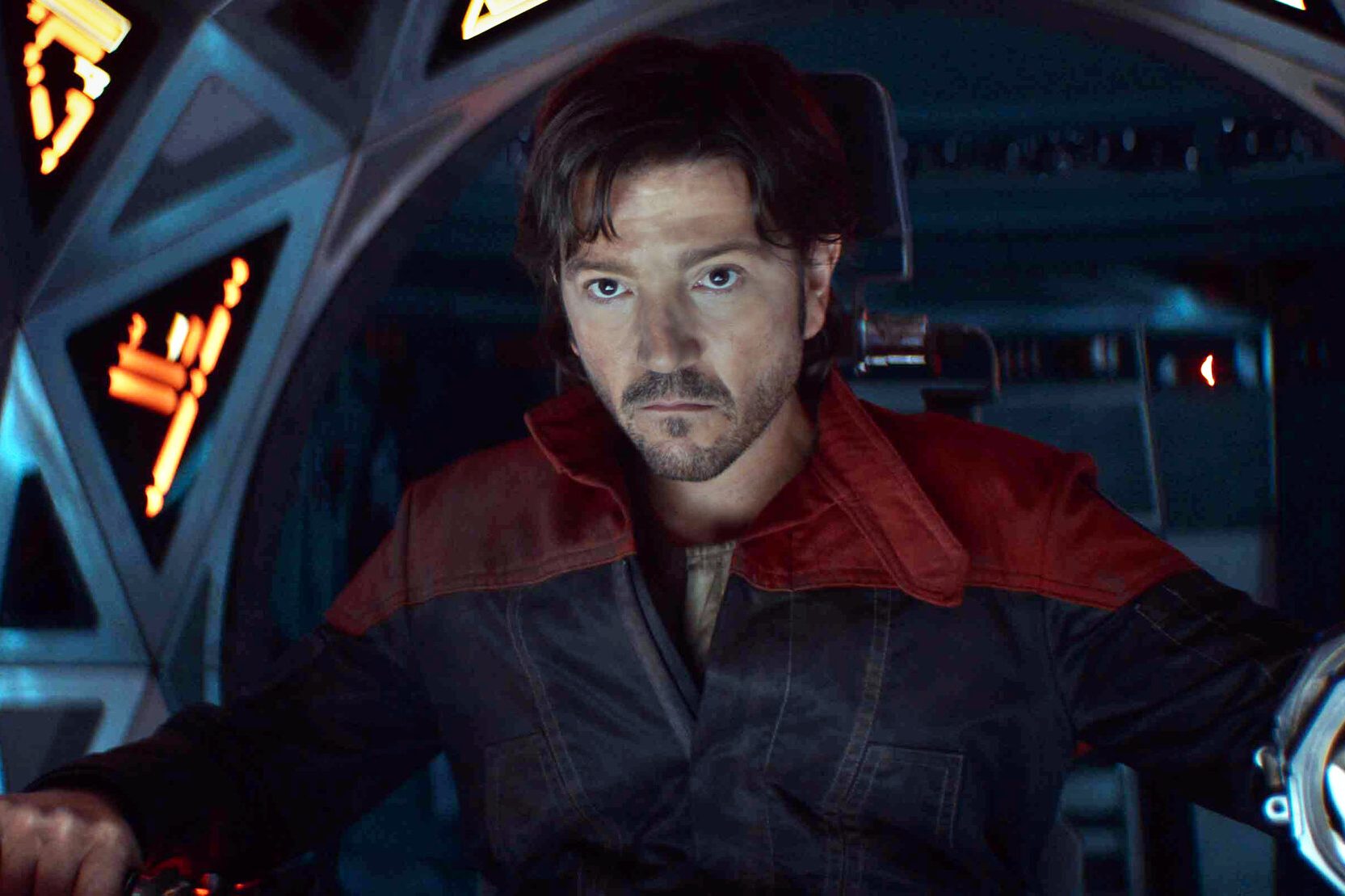Canada’s all-time greatest writer-director has come a long way since his film Videodrome proclaimed “Long live the New Flesh” nearly forty years ago. Because his films are often horrifying, many mistake David Cronenberg for a purveyor of horror films, and to be sure he singlehandedly invented the now-fashionable “body horror” genre. But only a few of his films are horror movies per se, and they are way in the past. The subsequent fifteen aren’t so much scary as disturbing: think the experimental gynecological implements in Dead Ringers. And a couple are unapologetically transgressive: think the death-by-car-accident fetishists in his 1996 adaptation of J.G. Ballard’s Crash.
The default setting for most of Cronenberg’s work is a brand of science fiction that’s set more or less in the present day. And so, despite its title’s come-on, Crimes of the Future is only nominally set in the future — a run-down, mundane, depopulated near-future in which all traces of modern technology are curiously absent, aside from the distant hulk of a capsized ocean liner in the film’s opening shot. Also, three murders aside, no crimes are being committed here. Unless you consider deviating from the laws of human biology criminal.
“I think the bed needs new software” announces Saul Tenser (Viggo Mortensen): “It’s not anticipating my brain anymore.” The bed in question resembles a monstrous inverted beetle suspended from the ceiling and, like all the subsequent instances of what we might call mutant technology, it’s organic in form and digital in function. Saul is afflicted with “Accelerated Evolution Syndrome,” a condition that causes his body to grow tumor-like internal organs that serve no clear purpose. He and his partner Caprice (Léa Seydoux) have become celebrity performance artists with shows that center on the live surgical removal of these unclassified “novel” organs inside Saul’s body. While he lies in a sarcophagus-like surgery module, Caprice guides by remote control the machine’s precision-executed incisions, cavity probes and organ extraction for the gasping delectation of their avid audiences.
At the afterparty, a playful closeup of a jar containing Saul’s organ alongside a martini glass reminds us that Cronenberg has always demonstrated a slyly perverse sense of humor. Permanently dressed in a hooded black shroud when he’s not under the knife, Mortensen, too, is clearly having a blast with his character, recessive and guarded against all these people who — quite literally — want a piece of him.
In Saul’s almost Kafkaesque dealings with the National Organ Registry — a cramped, shabby office where he’s regarded as nothing short of a rock star — a gushing staff member (Kristen Stewart) comes on to him, backing him around the room and inserting her fingers into his mouth before he halts her with a stuttering cough: “I’m not very good at the old sex.” Subsequently Saul is persuaded to enter an “Inner Beauty Pageant” in the category of “Best Original Organ with No Known Function.” Stewart’s boss remarks, “If I were you, I’d go for Best in Show.”
Where is this all going? As so often with Cronenberg, there’s a conspiracy afoot involving an underground organization with a radical agenda. In the film’s opening scene a mother suffocates her young son after she catches him eating pieces of the bathroom’s waste bin. Eventually it transpires that the boy’s father leads the cell of a clandestine global movement whose followers have evolved digestive systems that allows them to eat plastic.
Does Saul will his new organs into being? Is his body expressing its own creativity, asserting its “aesthetic empowerment” by producing these organs as works of art, as one character suggests? A television used as set dressing during the couple’s performances displays the caption “Body Is Reality.” But Saul views his corporal mutations as “uncontrollable, insurrectional,” and so Cronenberg, a former medical student, has returned again to his long-standing obsession with the Cartesian schism between mind and body, explored in films from The Brood to The Fly and beyond.
Filmed in Athens, Crimes of the Future is the first Cronenberg film to be shot outside of his Canadian comfort zone. Perhaps that’s why, with the exquisite decay of the city’s ancient backstreets and Carol Spier’s production design, it’s his most visually beautiful. It’s also his flat-out best, which is saying something.
Cronenberg claims that he knows exactly which scenes during Crimes of the Future will cause audience members to walk out or flee in disgust. I didn’t — but you might. Caveat emptor.
This article was originally published in The Spectator’s September 2022 World edition.

























